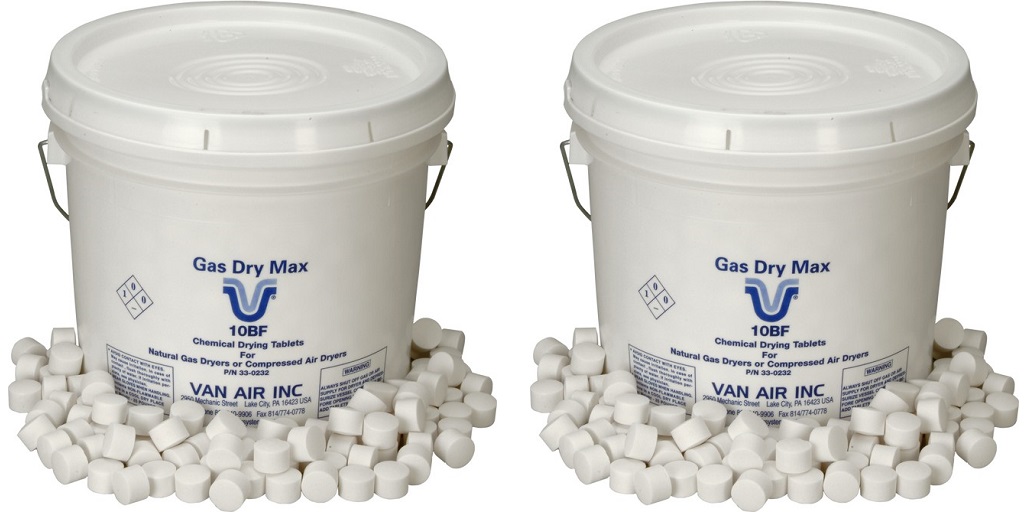
Moisture may seem like a minor issue—until you’re running a plastics manufacturing line. A single spike in humidity can ruin a batch, compromise product quality, or cause delays that ripple across the production schedule. That’s where a regenerative desiccant air dryer becomes essential, especially in operations where precision is non-negotiable.
Why Moisture Control Is Critical in Plastics Manufacturing
In plastics processing, compressed air plays a vital role in everything from transporting pellets to powering pneumatic tools. But compressed air isn’t dry by default. It often contains water vapor that condenses when pressure drops or temperature changes—conditions typical in any industrial facility. When this moisture makes its way into the manufacturing stream, it can cause a host of problems:
- Surface imperfections – Blistering, bubbling, or cloudy finishes often trace back to moisture in the system.
- Weakened structure – Water molecules can interfere with the polymer chains during extrusion or molding, thereby reducing the product’s strength.
- Material clumping – In storage and transfer, hygroscopic plastic pellets can absorb ambient moisture, leading to inconsistent melt behavior or uneven coloring.
- Corrosion – Moisture doesn’t just affect the product—it damages your equipment. Corroded air tools, blocked lines, and damaged valves can all be traced to uncontrolled humidity.
All of these defects increase waste, downtime, and operating costs. That’s why many facilities turn to a regenerative desiccant air dryer to keep their compressed air supply as dry as possible.
What a Regenerative Desiccant Air Dryer Does
A regenerative desiccant air dryer removes water vapor from compressed air using desiccant materials like activated alumina or silica gel. What sets it apart is its twin-tower system. One tower actively dries the air while the other regenerates the desiccant, usually through a heated purge or pressure swing mechanism. This continuous cycle ensures consistent dew point suppression—even in high-humidity or high-throughput environments.
Compared to refrigerated dryers, which typically reduce moisture to around 35–40°F dew point, regenerative desiccant dryers can reach levels as low as -40°F or even -100°F. That’s critical in plastics production, where certain polymers require extremely dry conditions to process correctly.
Preventing Defects at the Source
A regenerative desiccant air dryer plays a preventive role in maintaining product integrity:
- Protecting pellet dryers – Resin drying systems rely on clean, dry air to properly condition materials before extrusion or molding. Any moisture in the air stream compromises that process.
- Preserving air-driven tools – Clean air extends the lifespan and reliability of pneumatic tools used in packaging, assembly, and handling.
- Maintaining process consistency – With a reliable dew point, there’s less fluctuation in melt flow index, part dimensions, and cycle times—key to quality control.
For manufacturers pushing high-volume output with minimal defect tolerance, the investment in a regenerative dryer often pays for itself through reduced scrap, improved consistency, and lower maintenance overhead.
Quiet, Continuous, and Clean
Modern regenerative dryers also operate with minimal interruption. Whether heatless, heated, or blower purge, these systems are designed for energy efficiency and quiet operation—two more factors that support productivity in plastics environments.
When it comes to plastics manufacturing, it’s not just about producing parts—it’s about producing consistent, defect-free parts every time. Moisture is an invisible threat, but it’s one you can control with the right equipment.
To explore regenerative desiccant air dryer options designed specifically for industrial applications, visit Air Vacuum & Process Inc. online. Their industry-specific solutions help you protect your product, your process, and your bottom line.


